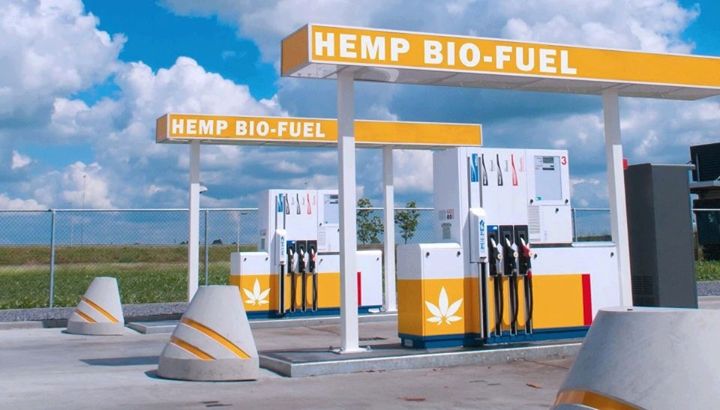Using cannabis biomass means using every part of the cannabis plant. You’d think politicians would be open to a free market in cannabis biomass and biofuels. Let entrepreneurs and consumers discover the opportunities to build a cleaner environment. That’s what liberal democracy is all about, right? Free speech, free markets and the rule of law? But alas, most politicians prefer a top-down authoritarian system of taxation and control.
So what is cannabis biomass? And how is it going to help the environment? Why is using cannabis biomass more effective than paying carbon taxes on top of already high fuel prices?
Cannabis Biomass
Most cannabis consumers are aware they are smoking (or vaping or eating) the flower part of the plant. Dried herb is where the THC is at. Cannabis buds are the reason most people consume cannabis. But what about the stalks, stems and leaves of the plant? This leftover plant material doesn’t have much in the way of trichomes. Ergo, little-to-no THC.
But that doesn’t make it useless. The leftover plant material is biomass. Biomass can be used to extract CBD. CBD, aside from modulating the effects of THC, can also relieve pain, inflammation, and anxiety without altering the state of consciousness of the consumer. CBD is also showing promise in preventing COVID-19 infections.

Fueling the Future with Cannabis
But using cannabis biomass results in more than just CBD products. Cannabis biofuel is a form of biodiesel. This of course threatens special interests that control politicians. By pressing cannabis (or hemp) seeds to extract their oil and fats, we get cannabis biomass. Fermented hemp can make ethanol, a type of biofuel.
Indeed, this was how people of the past thought we’d fuel the future. Not necessarily using cannabis biomass. But using vegetables to power our cars. The man who invented the diesel engine – Rudolf Diesel – ran his engine off peanut oil. He thought vegetable and seed oils would take precedent. He thought it would help small businesses and artisans. Put them on the same level playing field as the larger industrialists.
Instead, he was likely murdered by Big Oil interests, having disappeared – presumably drowned – en route an ocean steamer to London in 1913. And here we are over 100 years later, still ruled by rich industrialists that control politicians. Politicians who, through laws and regulation, keep hemp biofuels from upsetting corporate profits and from empowering the middle class. And it’s not just biofuels.
Using Cannabis Biomass as a Replacement
Using cannabis biomass can replace trees for their fibre content. And with fibre, you can create paper, clothing, and fabrics. You can even make concrete or “hempcrete” as it’s called.
Instead, most legal jurisdictions have onerous regulations for discarding cannabis biomass. Throw in the sheer amount of plastic waste from legal packaging (Canada is offender #1) and it becomes clear.
Politicians don’t actually care about renewable fuel sources and climate change. They listen to special interests with deep pockets – not voters who are easily swayed by propaganda.
Allowing entrepreneurs to cultivate and transform cannabis biomass is going to be more effective than imposing carbon taxes and other restrictions on them. It’s more ethical too. But when have politicians ever let ethics get in the way of how they want to govern?



